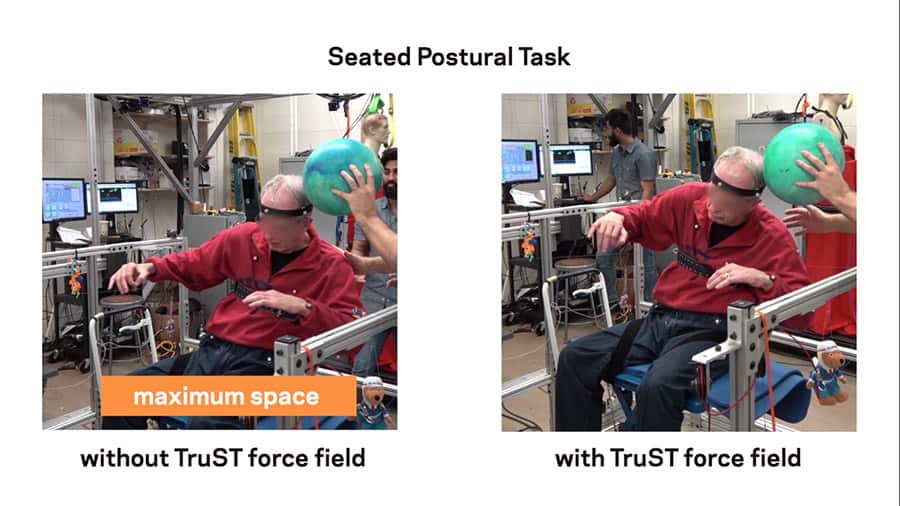University team creates innovative spinal cord injury rehabilitation tool to help patients improve their trunk control

A team of university students from Columbia Engineering have created a clever robotic device called TruST to help people with spinal cord injury (SCI) improve their trunk control.
The Trunk-Support Trainer (TruST) is a motorised-cable driven belt placed on the user’s torso to determine the postural control limits and sitting workspace area in people with SCI. It delivers forces on the torso when the user performs upper body movements beyond the postural stability limits while sitting.
TruST trains people with SCIs to sit more stably by improving their trunk control and thus gain an expanded active sitting workspace without falling over or using their hands to balance. According to the researchers, TruST could be a “very promising” spinal cord injury rehabilitation tool.
“We designed TruST for people with SCIs who are typically wheelchair users,” said Sunil Agrawal, Professor of Mechanical Engineering and of Rehabilitation and Regenerative Medicine at Columbia Engineering. “We found that TruST not only prevents patients from falling, but also maximizes trunk movements beyond patients’ postural control, or balance limits.”
Published in Spinal Cord Series and Cases, the study is the first of its kind to measure and define the sitting workspace of patients with SCI based on their active trunk control.
You can watch TruST in action in the short video below:
During the pilot study, five participants with SCI were examined using a bespoke postural test that required them to follow a ball with their head and move their trunk as far as possible, without using their hands. The test was repeated in eight directions and the researchers used the results to compute the sitting workspace of each individual.
The team then tailored the TruST for each participant to apply customised assistive force fields on the torso while the participants performed the same movements again.
With the assistive device, participants were able to reach further during the trunk movements in all eight directions and significantly expand the sitting workspace around their bodies, on an average, of about 25 percent more.
Victor Santamaria, a physical therapist, postdoctoral researcher in Sunil’s Robotics and Rehabilitation Laboratory, and first author of the paper, commented: “The capacity of TruST to deliver continuous force-feedback personalized for the user’s postural limits opens new frontiers to implement motor learning-based paradigms to retrain functional sitting in people with SCI.
“We think TruST is a very promising SCI rehab tool.”
Now, the research team is exploring the use of TruST to improve the trunk control of adults and children with SCI. This involves challenging users to move their trunk over a larger workspace, with TruST safely bringing participants back to their neutral sitting posture.

